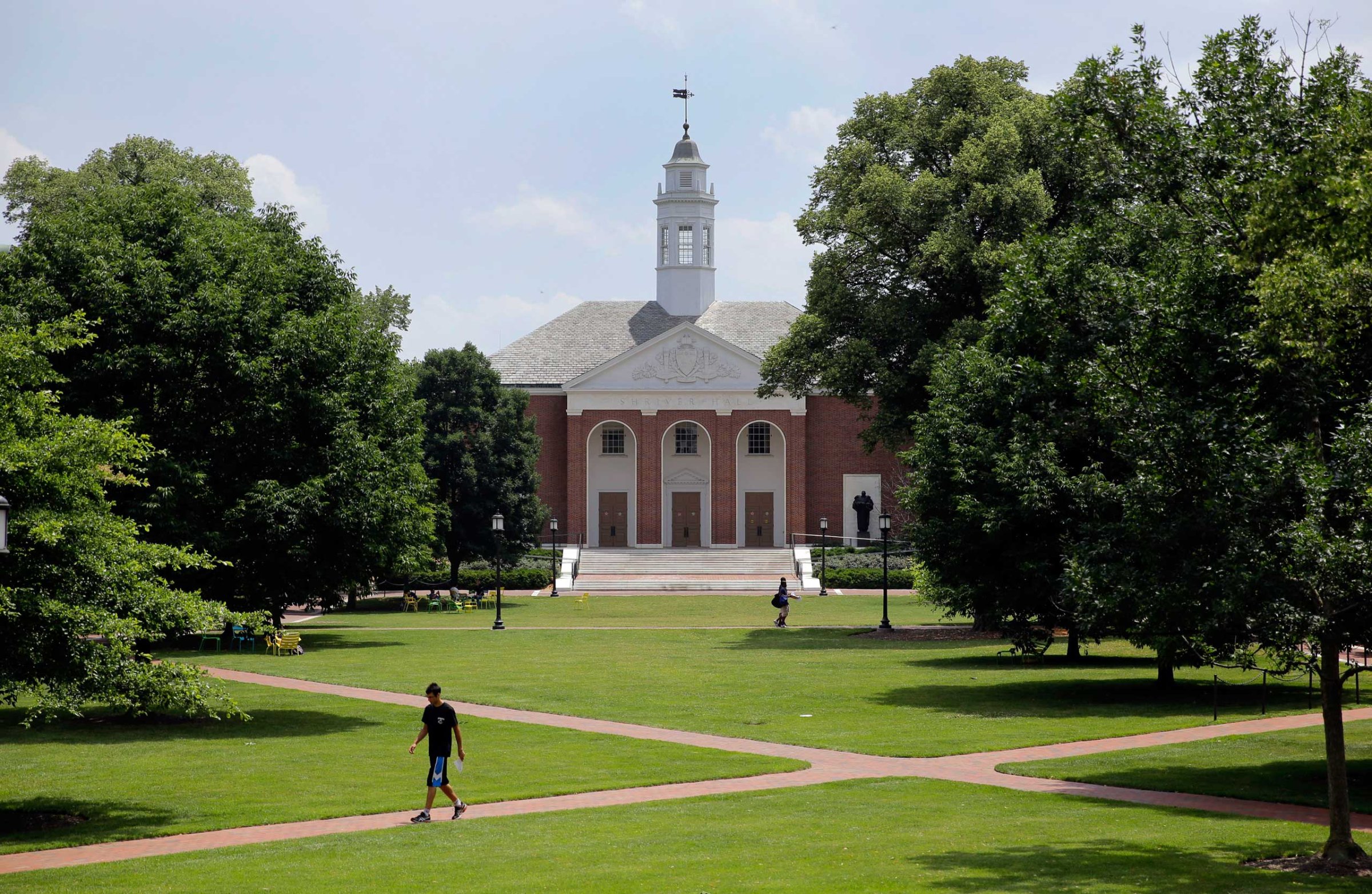
The news that Carnegie Mellon had mistakenly sent acceptance emails to applicants who didn’t actuallly make the cut was especially cruel for the 800 kids who were actually rejected from their elite computer science program. But—while there is a special irony to this mistaken mass email coming from officials at the school ranked #1 in computer science—this kind of spirit-crushing mixup is sadly common. It’s become a nearly annual rite of college admissions, particularly since application processes went electronic in the early 2000s. Here’s a rundown of some of the worst offenders:
1995: Elizabeth Mikus, a 17-year-old, is among 45 early-acceptance applicants who receive a fat envelope with a form letter that says “Welcome to Cornell!” But it turns out that the envelopes were sent “due to a clerical error.” Mikus suffers a second time in April when she gets a thin envelope rejecting her again. The family threatened to sue the school over the mishap.
2002: Administrators at the University of California, Davis pick a cruel date to correct a mistake. After sending letters of acceptance to 105 high school students the previous month, the school sends follow-up emails on April Fool’s Day explaining that those letters had been sent in error.
2003: Cornell again. This time the university sends an email saying “Greetings from Cornell, your future alma mater!” to nearly 550 high school students who had already received their rejection letters in December. The school sends emails explaining the mistake a few hours later, in an era when news outlets still called them “email letters.”
2004: UC Davis has back-to-back mishaps. First, the school allows personal data from some 2,000 applicants, including SAT scores and Social Security numbers, to become viewable by other applicants. Soon after, the school acknowledges that they mistakenly sent emails telling 6,500 applicants that they had won $7,500 scholarships. It is the first year UC Davis had sent scholarship announcements by email. “Clearly, we have bugs in that system,” a school representative told the Los Angeles Times.
2006: About 100 high school students receive a congratulatory note welcoming them to the University of Georgia, only to get another letter a few days later explaining that those notes should be disregarded. Someone picked up “the wrong file,” an administrator explains, and failed to send what the students should have gotten: a letter thanking them for applying.
2006: Thousands of applicants to law school at the University of California, Berkeley are invited, and then uninvited, to an alumni-sponsored party for students who had been admitted early. “Anybody who’s made this sort of error can imagine my feelings at that point,” says the admissions director who had accidentally sent the email to the entire applicant pool. “It was a shocking kind of realization: ‘Oh my goodness, what have I done?'”
2007: More than 2,500 students are emailed a congratulatory note on their admission to the University of North Carolina at Chapel Hill — only to be told the following day that decisions about their applications had not yet been made. “I’d give anything to go back to 3 p.m. yesterday and change what happened,” the director of undergraduate admissions told WRAL.
2008: About 50 students are welcomed to Northwestern University’s renowned Kellogg School of Management, before being informed that they were actually rejected. Officials describe it as a “technological glitch” in their “automated mail-merge process.”
2009: Yet another unwelcome April Fool’s surprise. About 500 applicants to New York University’s graduate school of public service receive emails announcing their acceptance. About an hour later, they receive emails saying they had not, it turns out, been selected.
2009: Perhaps the largest ball-dropping yet occurred when the University of California, San Diego sent 28,000 students an email saying they had been accepted. Of course, they were not.
2010: Roughly 200 students who had sought early admission to George Washington University receive notes that, as the Washington Post put it, “welcomed them to the Class of 2014 — for several hours.” The mea culpa follows shortly after. The same year, 56 applicants to Vanderbilt University are mistakenly sent acceptance letters, as well as 2,500 applicants to Middlesex University in the U.K.
2011: About 2,000 students are sent acceptance letters from Virginia’s Christopher Newport University, followed by a apology (and take-backsies) about four hours later. The culprit is a database error committed by a human.
2012: Nearly 900 students are informed, wrongly, that they got into UCLA. Hundreds are told, in error, that they’re welcome to attend Ireland’s University of Ulster. And 76 students are led to believe, for 30 minutes, that they have been accepted early to Vassar College.
2013: About 2,500 early-admission applicants to Fordham University are sent financial aid notices congratulating them on their acceptance to the school, though their fates had not actually been decided. “Fordham and its undergraduate admissions staff are acutely aware of the high hopes prospective students and their families have regarding college acceptances,” the school told the New York Times. “The University deeply regrets that some applicants were misled by the financial aid notice.”
2014: Johns Hopkins University mistakenly sends acceptance letters to about 300 applicants who had already been told they didn’t make it into the cut among early decision applicants. Their misfired “Embrace the YES!” email was soon followed by another a few hours later saying that the real news was the bad news.
More Must-Reads From TIME
- The 100 Most Influential People of 2024
- Coco Gauff Is Playing for Herself Now
- Scenes From Pro-Palestinian Encampments Across U.S. Universities
- 6 Compliments That Land Every Time
- If You're Dating Right Now , You're Brave: Column
- The AI That Could Heal a Divided Internet
- Fallout Is a Brilliant Model for the Future of Video Game Adaptations
- Want Weekly Recs on What to Watch, Read, and More? Sign Up for Worth Your Time
Contact us at letters@time.com